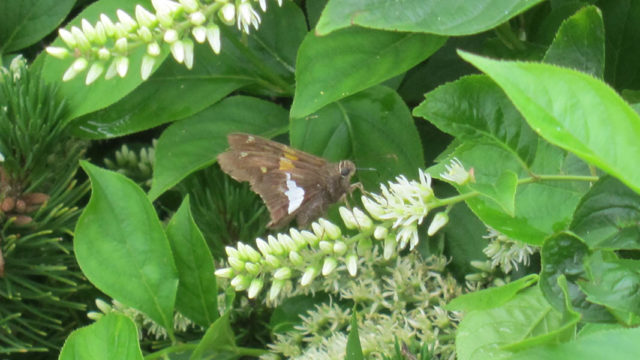Butterflies color our gardens from spring through fall, but where do they go in winter? They have to be somewhere! While the Monarch butterfly is famous for its epic migration, many others survive the winter right here at home. They need our help every bit as much as the monarch.
Different species of butterflies overwinter at various stages of their life cycle. Some overwinter as eggs, some as caterpillars, others as a chrysalis, and still others as adults.
These species survive the cold months as eggs:
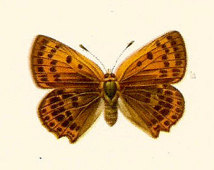 Coral Hairstreak (Satyrium titus)
Coral Hairstreak (Satyrium titus)
Edwards’ Hairstreak (Satyrium edwardsii)
Coral Hairstreak (Satyrium titus)
Edwards’ Hairstreak (Satyrium edwardsii)
Karner Blue (Lycaeides melissa samuelis) (rare, endangered)
These caterpillars survive the winter rolled in plant debris, tree hollows, and other makeshift shelters:
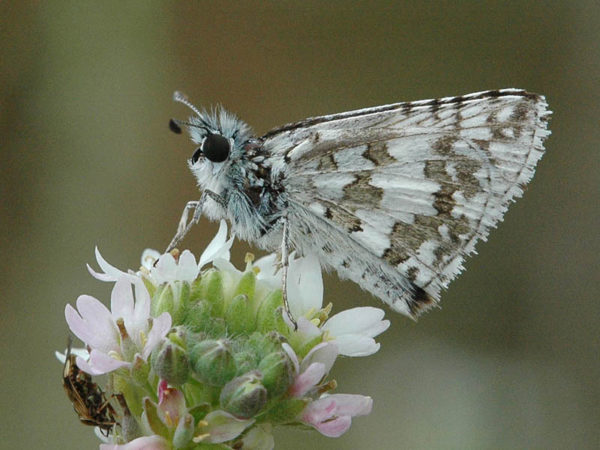 Eastern Tailed-Blue (Everes comyntas)
Eastern Tailed-Blue (Everes comyntas)
Red-spotted Purple (Limenitis arthemis astyanax)
White Admiral (Limenitis arthemis arthemis)
Viceroy (Limenitis archippus)
Great Spangled Fritillary (Speyeria cybele)
Aphrodite Fritillary (Speyeria aphrodite)
Atlantis Fritillary (Speyeria atlantis)
Silver-bordered Fritillary (Boloria selene)
Meadow Fritillary (Boloria bellona)
Silvery Checkerspot (Chlosyne nycteis)
Harris’ Checkerspot (Chlosyne harrisii)
Northern Crescent (Phyciodes cocyta)
Baltimore (Euphydryas phaeton)
Northern Pearly Eye (Enodia anthedon)
Little Wood Satyr (Megisto cymela)
Common Wood-Nymph (Cercyonis pegala)
Peck’s Skipper (Polites peckius)
These butterflies overwinter at the chrysalis stage:
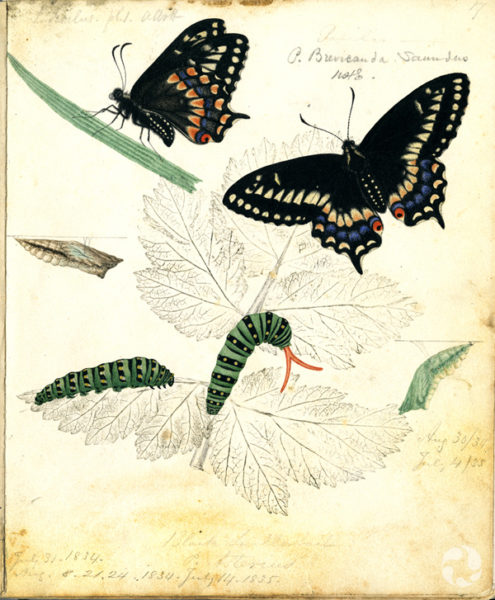 Pipevine Swallowtail (Battus philenor)
Pipevine Swallowtail (Battus philenor)
Zebra Swallowtail (Eurytides marcellus)
Black Swallowtail (Papilio polyxenes)
Canadian Tiger Swallowtail (Papilio canadensis)
Eastern Tiger Swallowtail (Papilio glaucus)
Spicebush Swallowtail (Papilio troilus)
Giant Swallowtail (Papilio cresphontes)
Mustard White (Pieris napi)
Clouded Sulphur (Colias philodice)
Orange Sulphur (Colias eurytheme)
Spring Azure (Celastrina ladon)
Tawny-edged Skipper (Polites themistocles)
These butterflies hibernate as adults:
Gray Comma (Polygonia progne)
Compton Tortoiseshell (Nymphalis vaualbum)
Mourning Cloak (Nymphalis antiopa)
Milbert’s Tortoiseshell (Nymphalis milberti)
Monarchs aren’t the only ones who migrate to warmer climes:
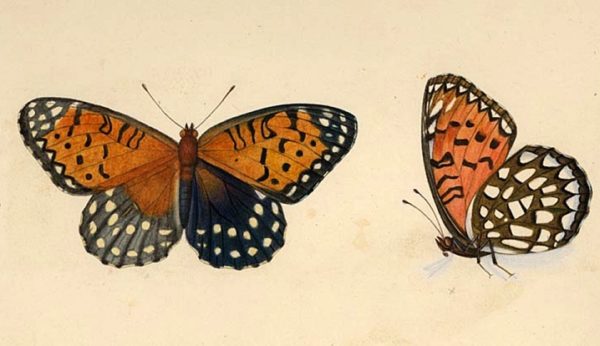 Monarch (Danaus plexippus)
Monarch (Danaus plexippus)
Variegated Fritillary (Euptoieta claudia)
American Lady (Vanessa virginiensis)
Painted Lady (Vanessa cardui)
Red Admiral (Vanessa atalanta)
Common Buckeye (Junonia coenia)
Feel good about leaving things messy.
In addition to growing a variety of species and a generous quantity of Asclepias plants to feed monarchs, gardeners should also consider other elements to gardening that can mean life or death to other butterfly species, including leaving plant debris in place over the winter months to provide shelter. Here are some notes collected from Wildlife Gardeners list serve comments. The page also includes excellent lists of larval host plants for a variety of butterfly species:
• Fourth-stage caterpillars hibernate in rolled leaves on the ground.
• Fourth-stage caterpillars hibernate in rolled leaves on the ground.
• Third-stage caterpillars make a shelter from a rolled leaf tip in which to spend the winter.
• Partially grown caterpillars hibernate at the base of the host plant.
• Some caterpillars overwinter in seed pods of food plants.
• Some caterpillars overwinter in silken nests below host plants on the ground.
• Some adults overwinter in the shelter of hollow trees, under bark, or utilize seasonal outbuildings.
• Some adult hibernators find protection in hollow logs, wood piles, and loose bark.
